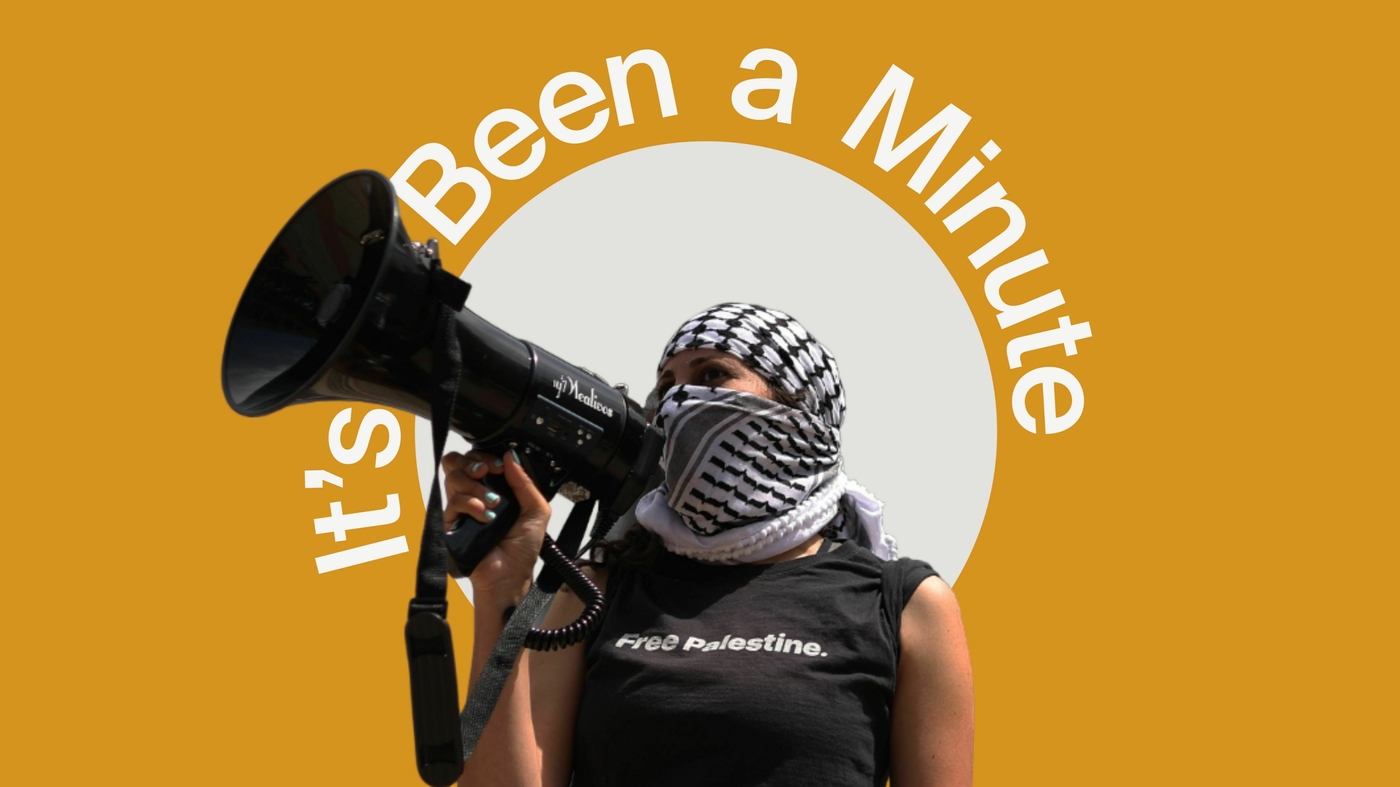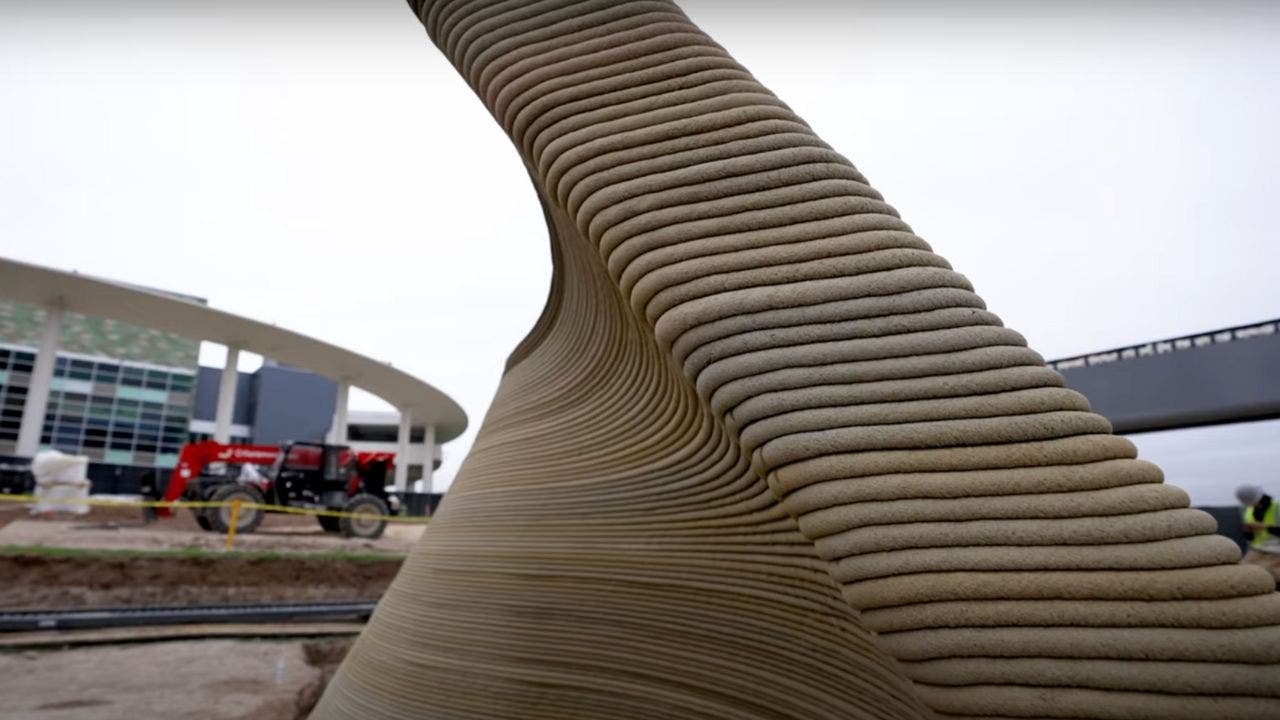Academy of Sciences permanent secretary Hans Ellegren (C), Jakob Svensson (L) and Jan Teorell of the Nobel Assembly sit in front of a screen displaying the laureates (L-R) Turkish-American Daron Acemoglu and British-Americans Simon Johnson and James Robinson of the 2024 Sveriges Riksbank Prize in Economic Sciences in Memory of Alfred Nobel during the announcement by the Royal Swedish Academy of Sciences in Stockholm, Sweden on October 14, 2024. (Photo by Christine Olsson/TT / TT NEWS AGENCY / AFP) / Sweden OUT (Photo by CHRISTINE OLSSON/TT/TT NEWS AGENCY/AFP via Getty Images)
CHRISTINE OLSSON/TT/TT NEWS AGENCY/AFP via Getty Ima/AFP
hide caption
toggle caption
CHRISTINE OLSSON/TT/TT NEWS AGENCY/AFP via Getty Ima/AFP
On January 6th, 2021, rioters stormed the United States Capitol building. To many of us, it felt like one of the bedrock institutional traditions of our democracy was in jeopardy: the peaceful transition of power to a leader elected by the people.
As inauguration day approached, Americans feared that more violence was possible. Thousands of National Guard troops descended on the capital to keep the peace. And our democratic institutions felt more fragile than ever.
Being an econ nerd, my mind immediately went to the work of MIT economist Daron Acemoglu and University of Chicago economist and political scientist James Robinson. The two, who co-authored the book Why Nations Fail, had done really important research explaining why institutions are so critical to a nation’s success or failure. I wanted to get their perspective during a critical moment in American history, when our democratic institutions seemed to be weaker than they used to be. So I called them up.
Well, yesterday, the Royal Swedish Academy of Sciences, which awards some of the Nobel prizes, also called them up. It awarded the Nobel Memorial Prize in Economic Sciences to Acemoglu and Robinson — as well as their collaborator, MIT economist Simon Johnson — for their research on “how institutions are formed and affect prosperity.”
It’d be one thing for Acemoglu, Robinson, and Johnson to simply argue that institutions are critical to determining how rich a nation becomes. But, being economists, they also did some incredible statistical work to try and prove it.
For example, in one famous paper cited by the prize committee, Acemoglu, Robinson, and Johnson found there was a “reversal of fortune” in the wake of European colonization of the Americas. South and Central America went from being relatively richer than North America before colonization to being relatively poorer afterwards.
Why did this reversal happen? Acemoglu, Robinson, and Johnson argued that it’s all because of differences in the institutions created by European colonizers. In the Northern United States and Canada, Europeans created “inclusive” institutions that protected individual freedom and property rights, enforced the rule of law, educated their populations, and encouraged innovation and entrepreneurialism — institutions that would serve the economy especially well with the coming industrial revolution. The reason why Europeans set up inclusive institutions here, the prize winners explained, was because North America had a smaller, less dense indigenous population, so the Europeans could settle in large numbers and set about governing themselves.
In South and Central America, where there were the Incan and Aztec empires, there were too many indigenous people for Europeans to simply move in and govern themselves. Instead, European colonizers introduced or maintained already-existing “extractive” institutions that were geared more towards exploiting and oppressing the indigenous population. These institutions were not aimed at, for example, protecting individual freedom, investing in and educating the population, or encouraging innovation. Instead, these nations got a set of institutions that would be ill-suited for them to succeed in a modern, innovative industrial economy.
Acemoglu, Robinson, and Johnson argue that these institutional differences persisted over time, explaining why there was a reversal in fortune — that is, why North America became so much richer than South and Central America. The paper finds a similar story in other countries that Europeans colonized around the world.
The Deion Sanders Of Economics
When I got news of the award, I got to say, I was really excited, especially for Daron Acemoglu. I’ve been poring over his research for many years. In fact, one of the joys of my job at Planet Money has been getting to speak with him on multiple occasions and being able to pick his brain.
Yesterday, George Mason University economist Alex Tabarrok called Acemoglu “the Wilt Chamberlain of economics” because he’s “an absolute monster of productivity who racks up the papers and the citations at nearly unprecedented rates.”
Maybe it’s because Chamberlain was before my time, but, to me, Acemoglu is more like the Deion Sanders of economics. When he played football, Sanders was a superstar who could score touchdowns on offense, defense, and special teams. Sanders was also a star baseball player. More recently, Sanders became a football coach and has killed it doing that.
Likewise, Acemoglu has been a superstar in multiple academic disciplines and subfields. He’s made massive contributions not just to institutional economics, development economics, and political science (the area in which he just won a Nobel for), but also in realms like mathematical economics, economic growth, political economy, and the economics of technology and automation.
Acemoglu has been a fixture in the Planet Money Newsletter. In fact, Acemoglu made an appearance in last week’s newsletter! Acemoglu’s work was also featured in a recent newsletter on why artificial intelligence may be overrated; another on why artificial intelligence isn’t wiping out jobs even in areas where it seems to be really good; and another explaining Acemoglu’s profound insights about automation.
And, of course, Acemoglu — and his co-author and co-Nobel-prize-winner James Robinson — appeared in a newsletter explaining their (now) Nobel prize-winning research into the role that institutions play in a nation’s economic success.
Given the Nobel news, we figured it’d be worth revisiting this newsletter from January 2021, which explored their ideas about the power of institutions and how they thought those ideas related to the United States during a volatile period in our history. Here it is (you can also read it here):
Democracy Under Siege
As we approach inauguration day, exactly two weeks after the Capitol insurrection, Americans are on edge. About twenty thousand National Guard soldiers will provide security tomorrow; more troops than in Iraq and Afghanistan. Our political situation feels shaky and our institutions fragile. It’s like we’re living in a bad Tom Clancy novel. We couldn’t reach Tom Clancy, so we called up the authors of Why Nations Fail instead. We wanted to figure out if the insurrection is a sign our nation is failing, and, if so, if there’s anything we can do about it.
“I don’t think January 6th was a singular day of failure,” says MIT economist Daron Acemoglu, who co-authored the book with University of Chicago economist James Robinson. “What surprises me is why it took until January 6th.”
WASHINGTON, DC – JANUARY 14: Members of the New York National Guard stand guard along the fence that surrounds the U.S. Capitol the day after the House of Representatives voted to impeach President Donald Trump for the second time January 14, 2021 in Washington, DC. Thousands of National Guard troops have been activated to protect the nation’s capital against threats surrounding President-elect Joe Biden’s inauguration and to prevent a repeat of last week’s deadly insurrection at the U.S. Capitol. (Photo by Chip Somodevilla/Getty Images)
Chip Somodevilla/Getty Images/Getty Images North America
hide caption
toggle caption
Chip Somodevilla/Getty Images/Getty Images North America
Drawing on decades of economic research, Why Nations Fail argues that political institutions — not culture, natural resources or geography — explain why some nations have gotten rich while others remain poor. A good example is North Korea and South Korea. Eighty years ago, the two were virtually indistinguishable. But after a civil war, North Korea turned to communism, while South Korea embraced markets and, eventually, democracy. The authors argue that South Korea’s institutions are the clear reason that it has grown insanely more rich than North Korea.
Nations like South Korea have what Acemoglu and Robinson call “inclusive institutions,” such as representative legislatures, good public schools, open markets and strong patent systems. Inclusive institutions educate their populations. They invest in infrastructure. They fight poverty and disease. They encourage innovation. They are far different from the “extractive institutions” found in countries like North Korea, Venezuela and Saudi Arabia, where small groups of elites use state power for their own ends and prosper through corruption, rent-seeking or brutally forcing people to work.
When Acemoglu and Robinson wrote Why Nations Fail almost a decade ago, they used the United States as an institutional success story. They acknowledge the nation has a dark side: slavery, genocide of Native Americans, the Civil War. But it’s also a creature of the Enlightenment, a place with free and fair elections and world-renowned universities; a haven for immigrants, new ideas and new business models; and a country responsive to social movements for greater equality. Lucky for America — and its economy — its inclusive institutions have had a helluva run.
So, almost 10 years later, how do Acemoglu and Robinson feel about American institutions?
“U.S. institutions are really coming apart at the seams — and we have an amazingly difficult task of rebuilding them ahead of us,” Acemoglu says. “This is a perilous time.”
Yikes.
Acemoglu and Robinson see the rising tide against liberal democracy in America as a reaction to our political failure to deal with festering economic problems. In their view, our institutions have become less inclusive, and our economic growth now benefits a smaller fraction of the population. Some of the best economic research over the last couple of decades confirms this. Wage growth for most has stagnated. Social mobility has plummeted. Our labor market has been splitting into two, where the college educated thrive and those without a degree watch their opportunities shrivel, after automation and trade with China destroyed millions of jobs that once gave them good wages and dignity.
Acemoglu and Robinson believe that while factors like the transformation of our media landscape play a role, these economic changes and our political institutions’ failure to grapple with them are the primary cause of our growing cultural and political divides. “As opposed to some of the left, who think this is all just the influence of big money or deluded masses, I think there is a set of true grievances that are justified,” Acemoglu says. “Working-class people in the United States have been left out, both economically and culturally.”
“Trump understood these grievances in a way the traditional parties did not,” Robinson says. “But I don’t think he has a solution to any of them. We saw something similar with the populist experiences in Latin America, where having solutions was not necessary for populist political success. Did Hugo Chávez or Juan Perón have a solution to these problems? No, but they exploited the problems brilliantly for political ends.”
For Acemoglu and Robinson, more democracy is the answer to our political and economic problems. In a gigantic study of 175 countries from 1960 to 2010, they found that countries that democratized saw a 20% increase in GDP per capita over the long run.
Asked how we can stop our slide into national dysfunction, Acemoglu argues that political leaders need to focus on those who’ve been left behind and give them a leg up and a stake in the system. He advocates for a “good jobs” agenda that envisions policy changes and public investments to create, naturally, good jobs and shared prosperity (read more here). Robinson, citing the work of Harvard University political scientist Robert Putnam, argues we should find ways to transcend our political and cultural differences and connect with fellow citizens beyond our political tribes.
“We are still at a point where we can reverse things,” Acemoglu says. “But I think if we paper over these issues, we will most likely see a huge deterioration in institutions. And it can happen very rapidly.”
Let’s hope they don’t have to revise their book.



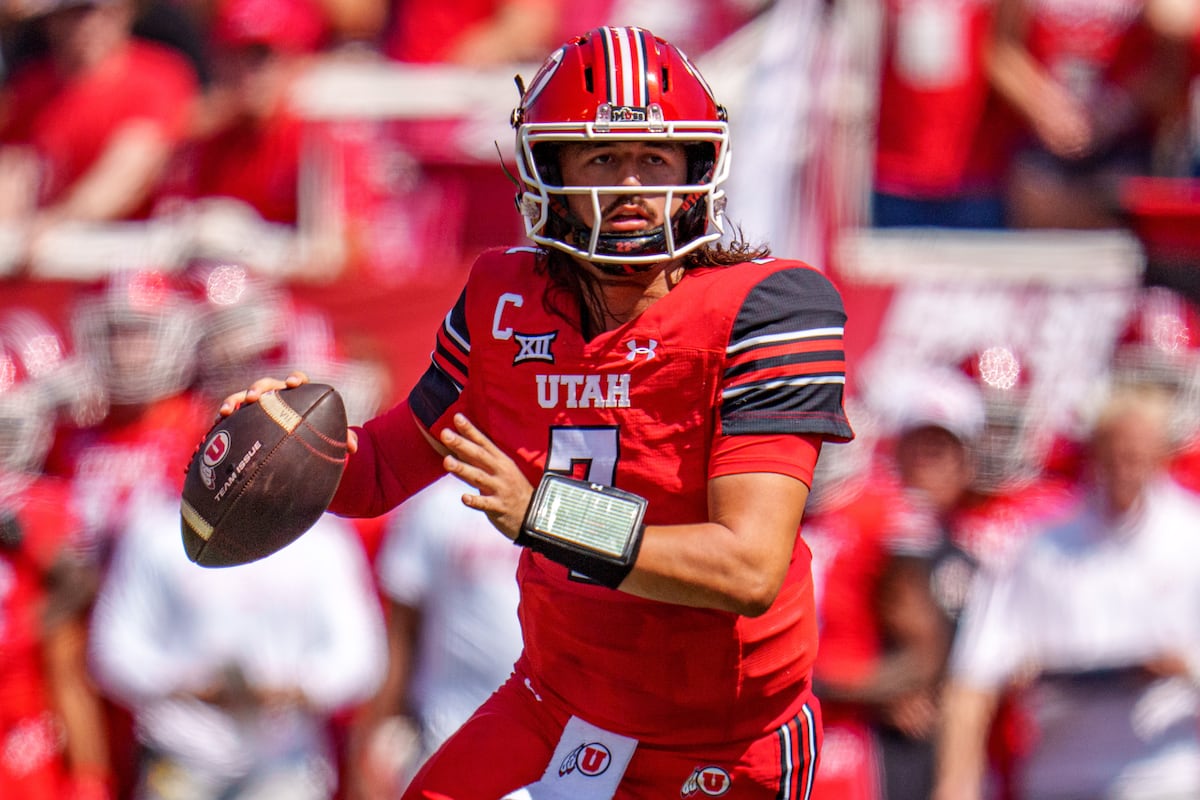














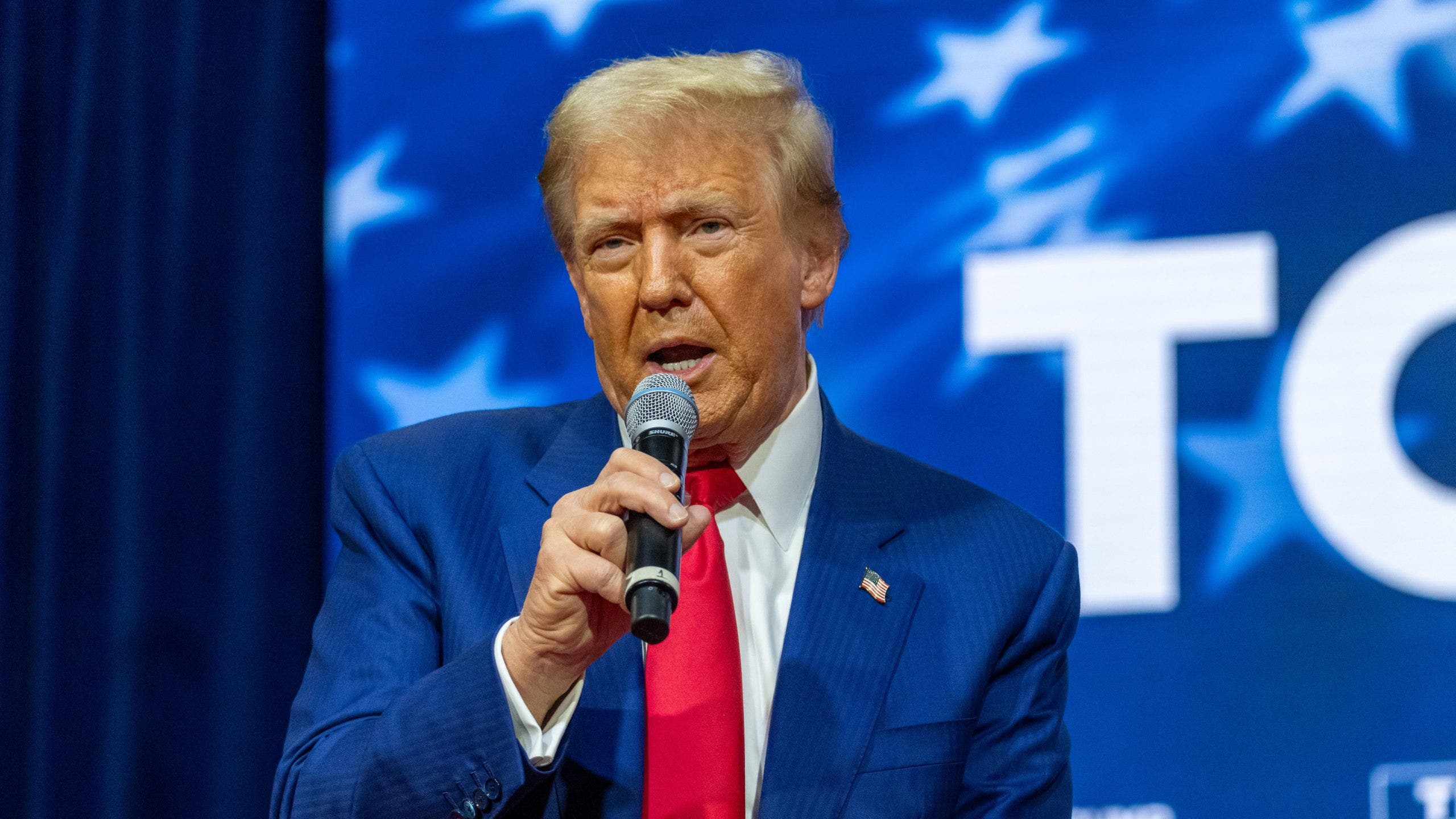

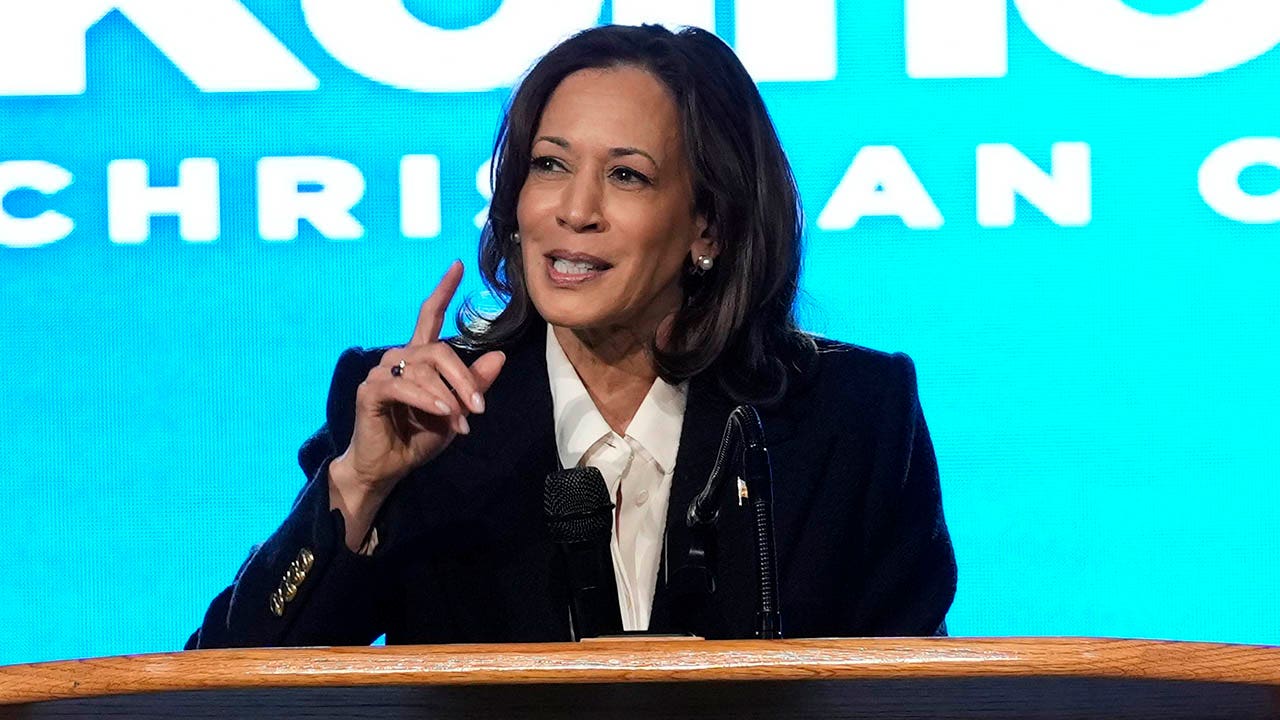
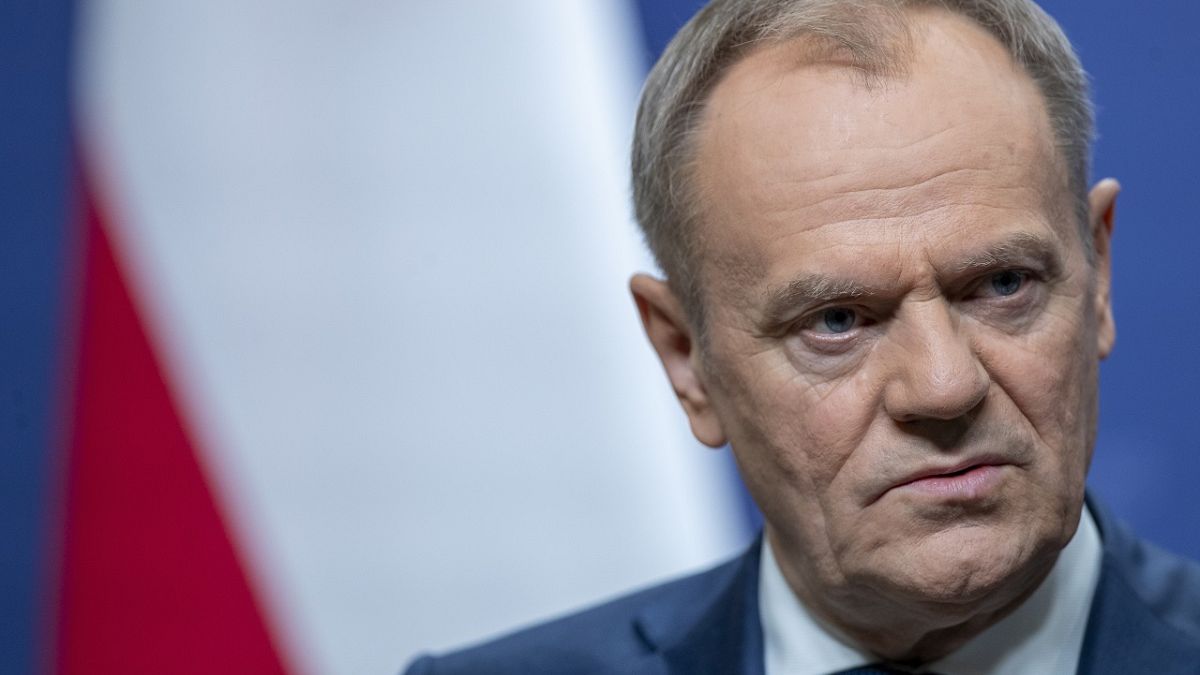


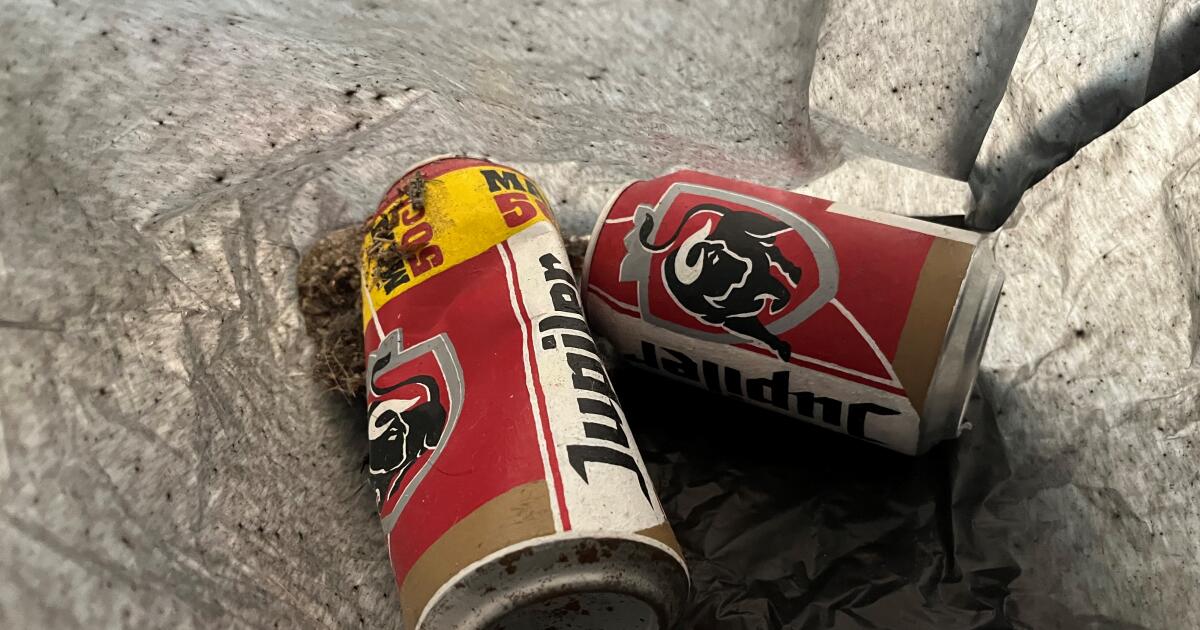

/cdn.vox-cdn.com/uploads/chorus_asset/file/25673932/462754179_560996103109958_6880455562272353471_n.jpg)

